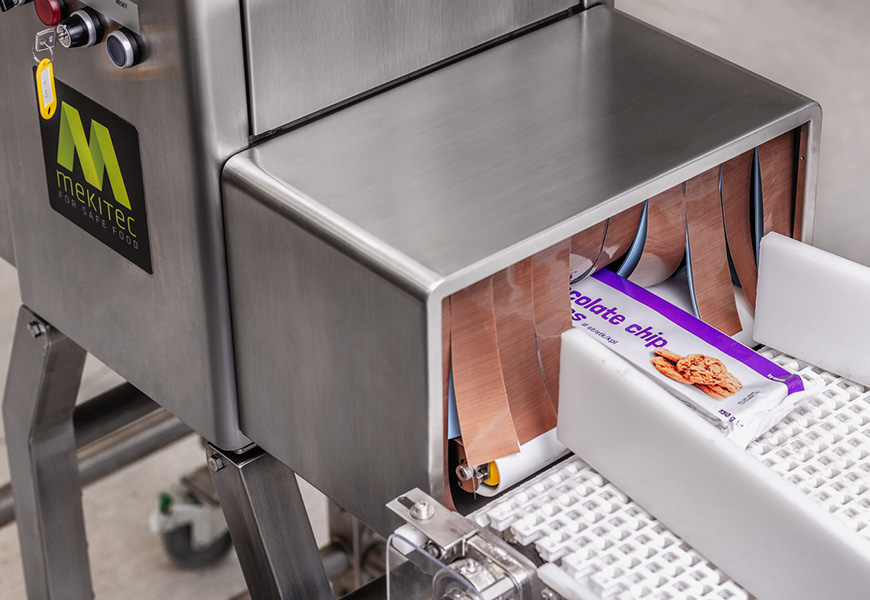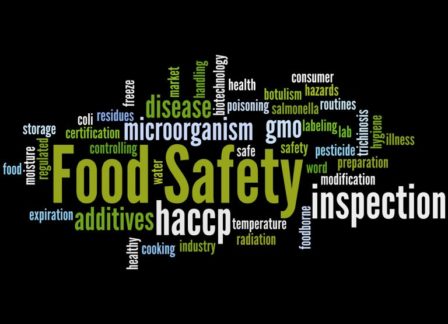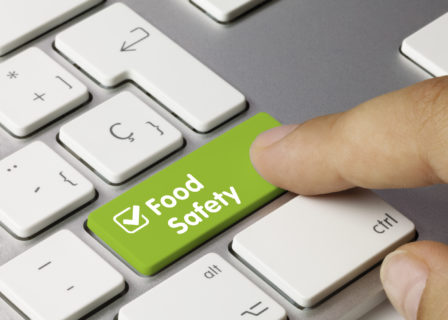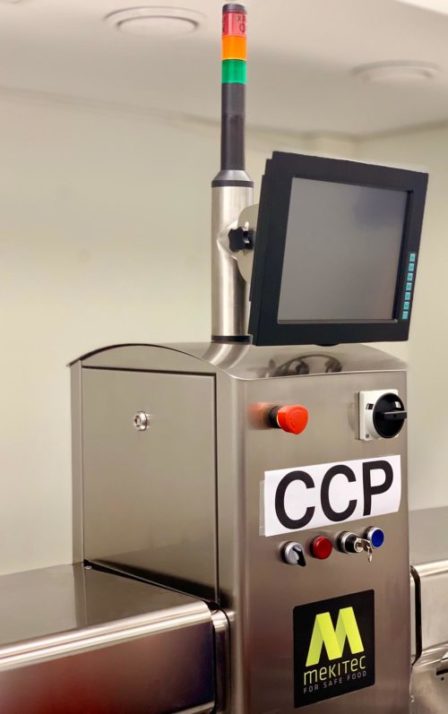British Retail Consortium (BRC) Global Food Standard
The BRC Global Food standard is food safety and quality management system and it is based on the HACCP principles. It’s a “Total Quality Management” program, which means there are requirements for food safety and quality that food producers must meet in order to be certified with BRC.
BRC Food Safety Certification is beneficial for raw material and ingredient suppliers, finished food manufacturers as well as packers of primary products, such as fruits and vegetables.
Product recalls have increased in recent years, which has brought more awareness of food safety and quality issues. In effect of this, many retailers mandate that their suppliers are certified with GFSI recognized standards, such as BRC Global Food standard. This drives the food producers and processors to implement inspection systems to protect their company and brand against recalls.
There are nine sections in BRC Global Food Standard:
1. Senior Management Commitment – this is essential in the development of a good food safety culture and is necessary for any food safety system to be effective.
2. The Food Safety Plan (HACCP) – as said, the standard is HACCP-based. It requires the development of an effective HACCP plan based on the requirements of GFSI.
3. Food Safety and Quality Management System – ensuring that the food producer’s processes and procedures (e.g. traceability, management of incidents, product recalls) meet the requirements of BRC standard.
4. Site Standards – include things such as cleanliness and control of the site, equipment, pest control, foreign object controls, and site security.
5. Product Control – allergen management, product and ingredient provenance, product packaging, inspection, and testing.
6. Process Control – establishing and maintaining safe process controls, weight and volume control, and equipment calibration, this also means ensuring that the documented HACCP plan is put into practice.
7. Personnel Commitment – ensuring that all the personnel pay attention to their activity, training and personal hygiene standards and wear suitable protective clothing while working in the production.
8. Production Risk Zones – for products that are sensitive to potential pathogen contamination and need additional controls to ensure product safety.
9. Requirements for Traded Products – this is a voluntary additional section for sites that purchase and sell food products that are not manufactured, further processed or packed at the site that’s audited for the certification.



